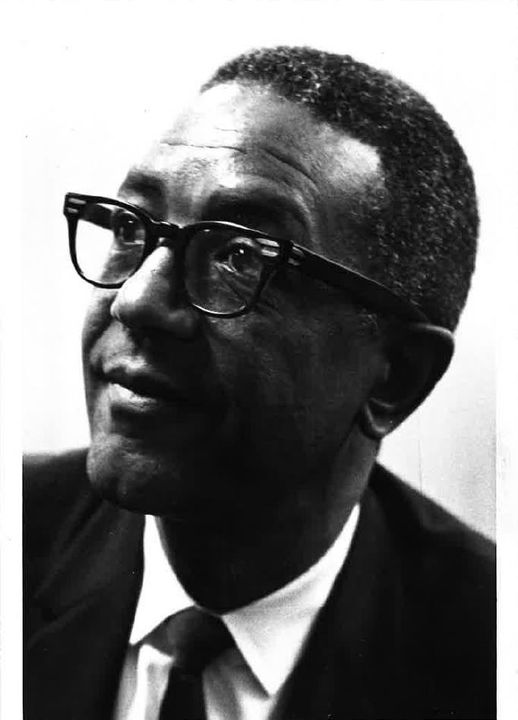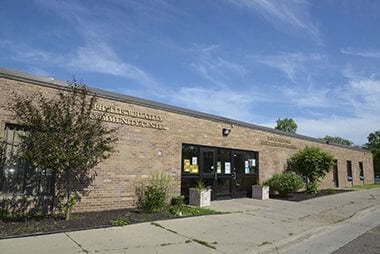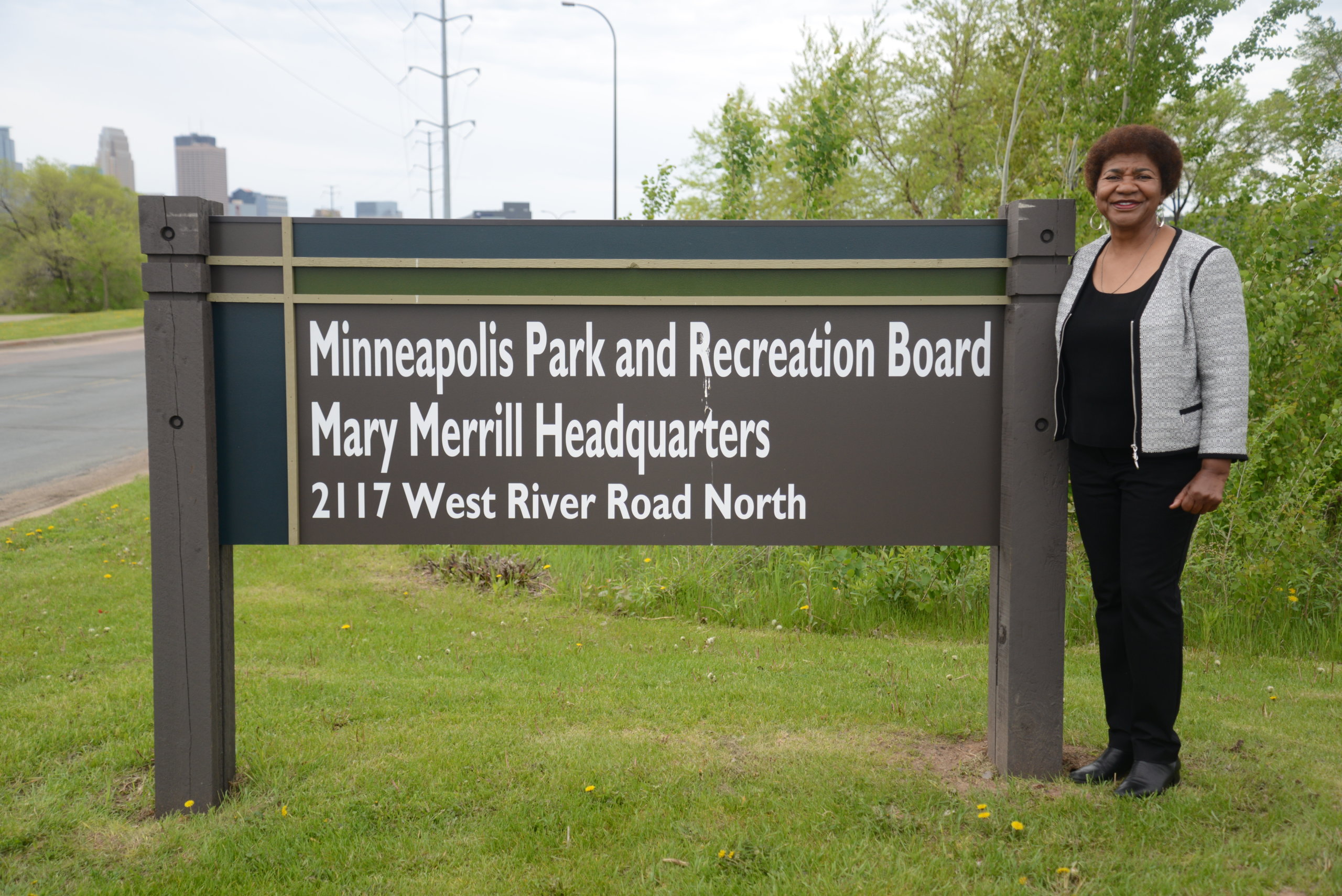#1. Minneapolis Park & Recreation Board Superintendent, Mary Merrill
Mary Merrill has a long, distinguished history with the Minneapolis Park & Recreation Board (MPRB). She started in 1972 as Recreation Director at Powderhorn Park and rose through the ranks to become the first woman and first person of color to serve as MPRB Superintendent. Her tenure as Superintendent began March 1, 1999, and ended when she retired on December 31, 2003.
In 2009, Merrill was named Superintendent Emeritus by the MPRB, one of only three people to earn that honor in its 134-year history. She continued to serve the MPRB in many advisory capacities, ranging from chairing community advisory committees to helping bring in private donations for projects like the new playground at Rev. Dr. Martin Luther King, Jr. Park. Merrill came out of retirement to serve as Interim Superintendent in 2018.
In 2019, MPRB renamed its West River Road building to Mary Merrill Minneapolis Park & Recreation Board Headquarters in honor of her lasting leadership.


Mary Merrill Images Courtesy of MPRB
#2. Minneapolis Park Commissioner, Richard D. Hall
Richard D. Hall was elected to the Minneapolis Park Board of Commissioners in 1966. Hall helped lead the effort to change the name of Nicollet Field Park to Rev. Dr. Martin Luther King, Jr. Park, which became official on October 9, 1968. He also advocated for better teen and senior programs, hiring more full-time professional recreation staff, and partnering with other agencies to save money and reach more people.

Richard D. Hall, Images Courtesy of MPRB
#3. Minneapolis Park Commissioner, Edward C. Soloman
Solomon Park was named after Edward C. Solomon, a Park Board Commissioner from 1996-2002, President of the Park Board in 2000 and 2001, Vice-President in 1999, Chair of the Planning Committee in 1998, 1999, and 2002, and President of the McRae Park Council for 15 years. He was very dedicated to youth organizations and activities in recreation centers and was involved in acquiring the control and partial ownership of a 40-acre parcel of land in South Minneapolis that was dedicated in 2004 in his name.


Edward Soloman Images Courtesy of MPRB
#4. Phyllis Wheatley, and the Phyllis Wheatley House
Named after Phyllis Wheatley, an eighteenth century enslaved woman who became a well-known poet, the Phyllis Wheatley House opened on October 17, 1924. It was initiated by two social service agencies, the Council on Social Agencies and the Women’s Cooperative Alliance (WCA), that noticed a lack of programs and services for the growing African American population in the community in the 1920s. The Wheatley House’s primary goal was to provide social services and a community center for African Americans with programs focused on recreation, education, music, and theater. By the late 1920s and early 1930s, the Wheatley House had become a center of African American life in Minneapolis. In 1962, the Wheatley House was renamed the Phyllis Wheatley Community Center.
Due to the construction of I-94, the original Phyllis Wheatley Community Center was demolished in 1970. However, through a joint project between the Wheatley Community Center, MPRB, and the Minneapolis Public Schools, a new center was constructed along 10th and Emerson Ave. North in Bethune Park. The Phyllis Wheatley Community Center continues to serve Minneapolis through various educational, early childhood, and family programs.




Phyllis Wheatley House – Historic Images Courtesy of MNOPEDIA, Current Image Courtesy of MPRB

